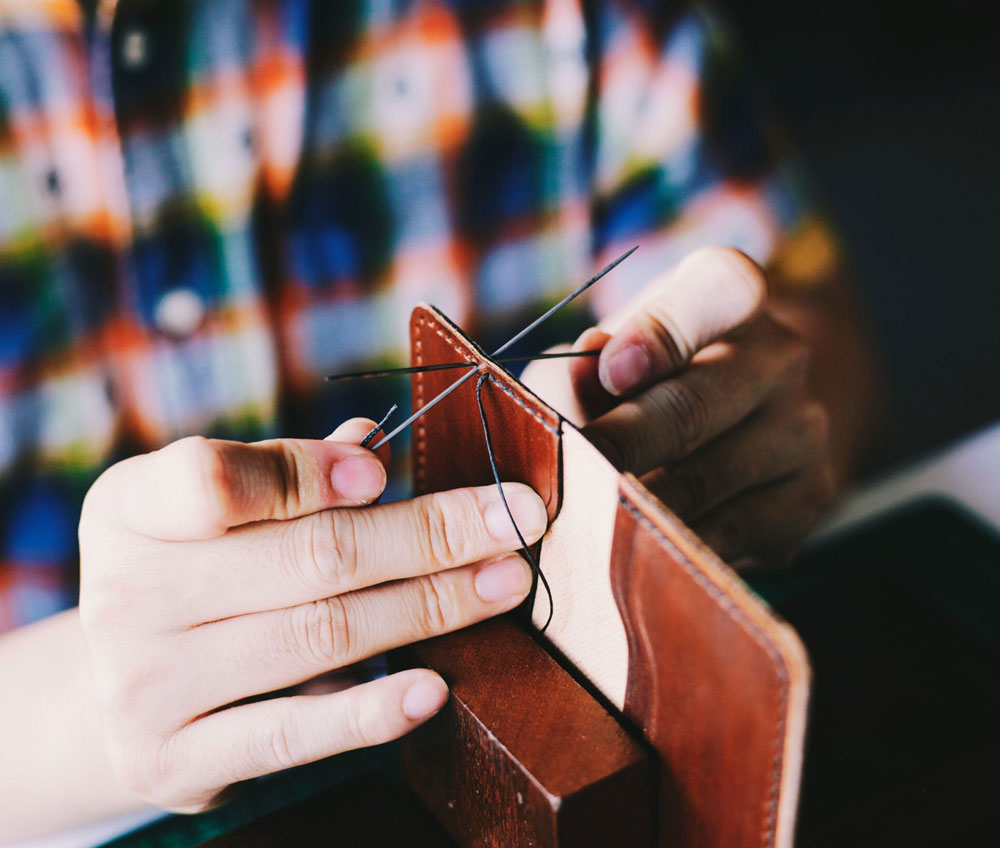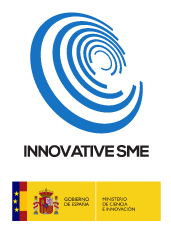Success stories
Important leather tanning company
Identification of defects in natural skin with machine vision techniques. This makes it possible to be more effective in detecting imperfections in the product and to classify it according to its quality. This takes much less time than visual inspections.

01. Challenge
Furs, as a natural product, are very different from one another and can contain a multitude of defects, which give them their genuineness. But some of these defects, initially not very visible once the tanning process is finished, end up being very conspicuous and significantly lower the value of the leather.
This is why it is important to carry out a precise classification of the skins. According to this, they will be subjected to the most appropriate processes and graded according to their quality.
The identification of such defects, such as mosquito bites, scratches, stains, etc., was carried out manually by specialised operators. We have to think that it is a highly complex process and that it involves interpretation by the operator, as all leather has defects, but one has to discern between the number of defects, the type, the position, etc.
This meant that two operators could classify the same skin into two different categories. In addition, over time, the eyestrain of these operators reduced their productivity.
02. Solution
The aim was to have a system capable of capitalising on the knowledge of the operators and to standardise and improve the speed of the skin sorting process.
To this end, a high-resolution computer vision system based on deep learning techniques was developed. First of all, it is able to identify possible defects in the skins. Subsequently, using machine learning techniques, it classifies the skins based on the defects detected and considering their position, number and type.
This system helps the company to streamline the sorting process by increasing its productivity, as well as to avoid possible sorting inconsistencies by multiple users. Another advantage is that the time required for operators to learn the sorting process is reduced.


03. Current scenario
The results are currently being validated and are very positive. The system is able to sort a skin satisfactorily in 85-95% less time than an operator.
Once the results have been validated, a stand-alone station for automated skin imaging and classification will be developed.


